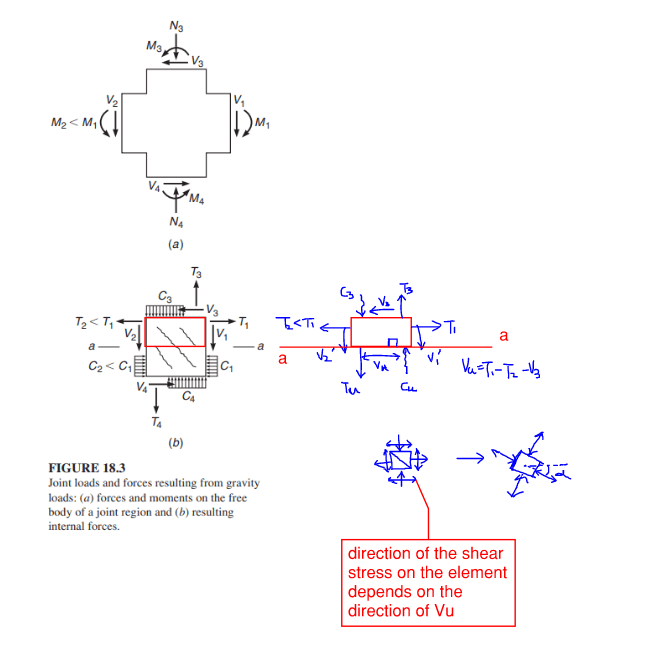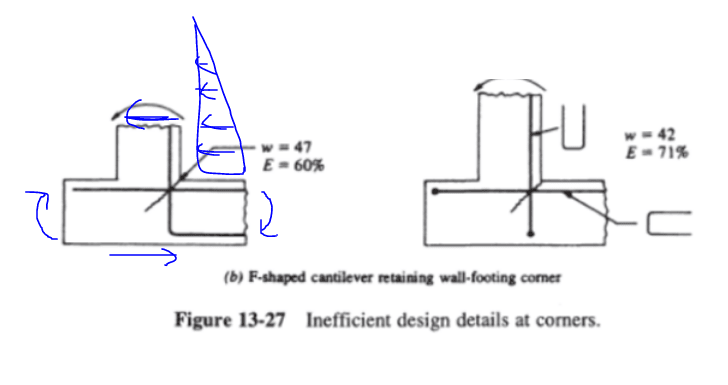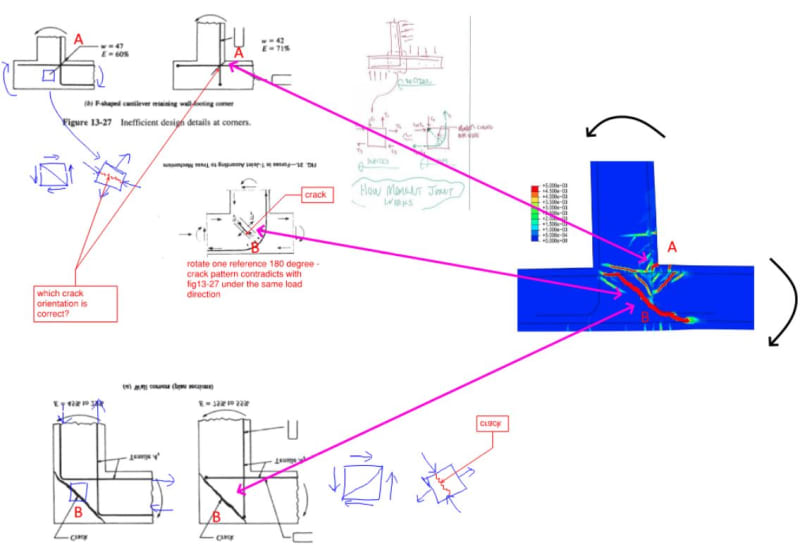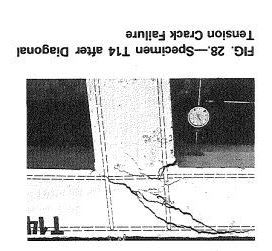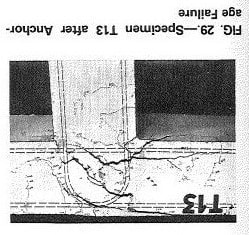Nick6781
Structural
- May 15, 2024
- 25
Hi Everyone,
I have some questions regarding this previous discussion:
Navigating the various references in the post, I tried to understand the crack pattern at the intersection between the retaining wall and the footing. Using plane stress transformation from what I could remember from the mechanics of materials, I focused on a small square element within the moment transferring joint and tried to find the orientation of the diagonal tension. Most of the crack patterns I got conform to the corresponding references, except one. Additionally, one reference seems to contradict the other in terms of the crack pattern. Please see the pictures below.
I would appreciate any help.
Thanks,
Nick
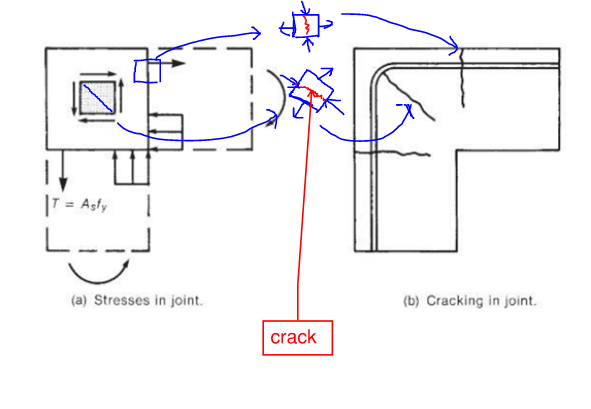
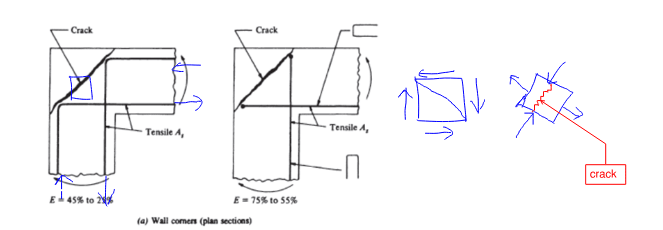
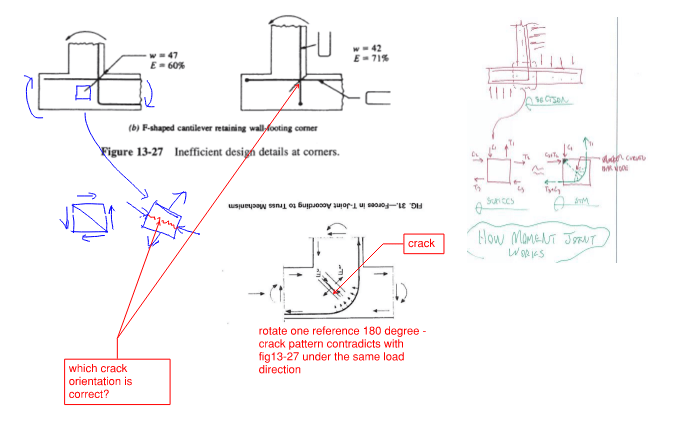
I have some questions regarding this previous discussion:
Navigating the various references in the post, I tried to understand the crack pattern at the intersection between the retaining wall and the footing. Using plane stress transformation from what I could remember from the mechanics of materials, I focused on a small square element within the moment transferring joint and tried to find the orientation of the diagonal tension. Most of the crack patterns I got conform to the corresponding references, except one. Additionally, one reference seems to contradict the other in terms of the crack pattern. Please see the pictures below.
I would appreciate any help.
Thanks,
Nick




